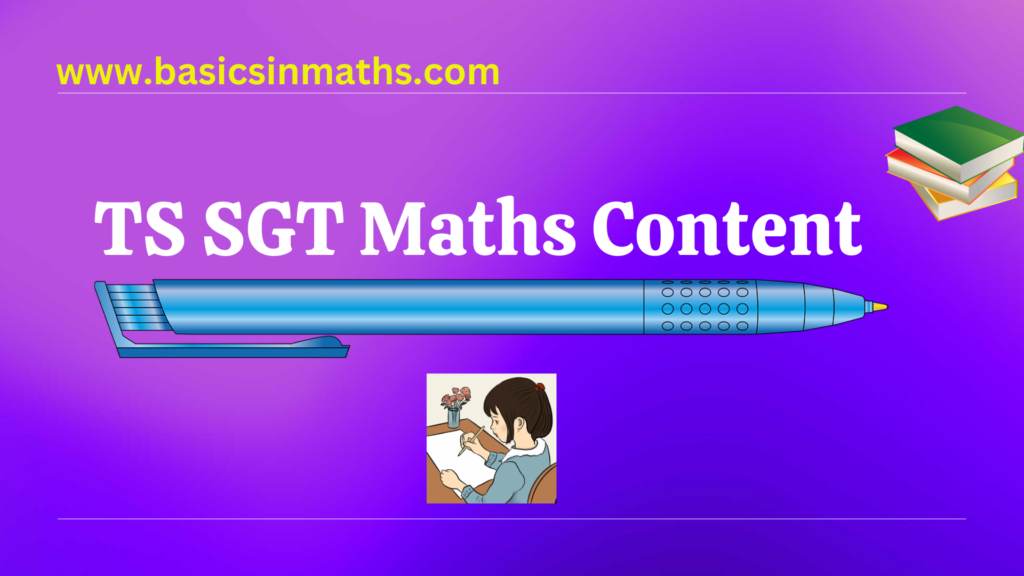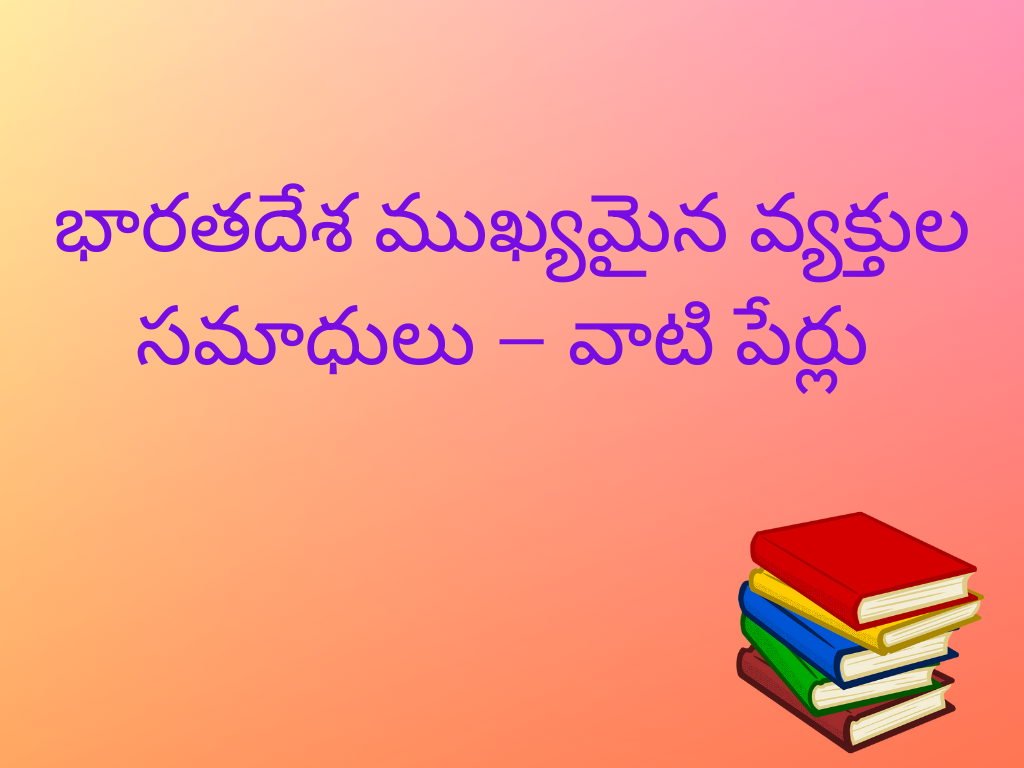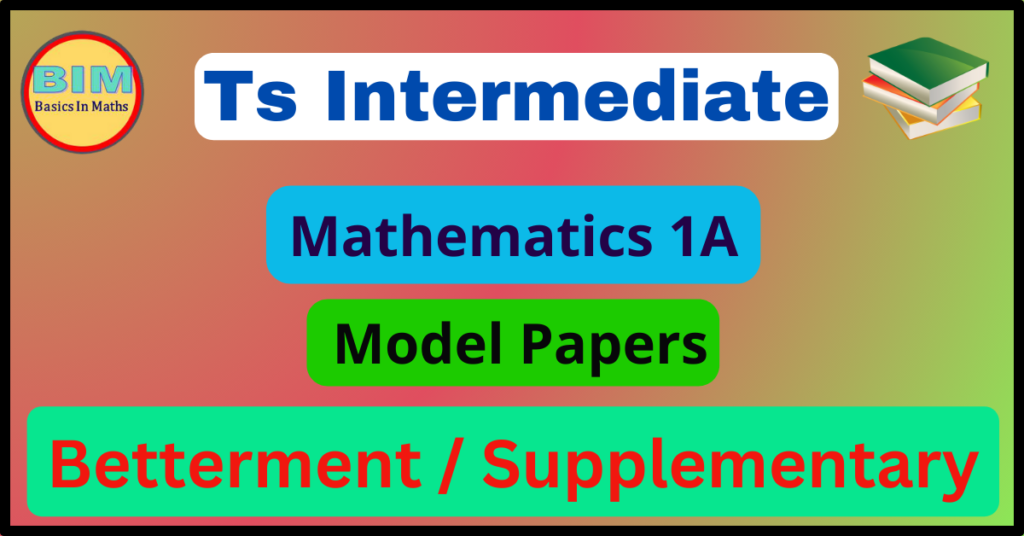TS Dsc SGT Maths Content in Telugu|| Basics In Maths
TS Dsc SGT Maths Content in Telugu|| Basics In Maths ts Dsc sgt maths content in Telugu 3 వ తరగతి 3 అగ్గిపుల్లలతో – త్రిభుజం ఏర్పడుతుంది 4 అగ్గి పుల్లలతో – చతురస్రం ఏర్పడుతుంది 8 అగ్గి పుల్లలతో – దీర్ఘ చతురస్రం ఏర్పడుతుంది 5 అగ్గిపుల్లలతో – త్రిభుజం ఏర్పడుతుంది 12 అగ్గి పుల్లలతో – దీర్ఘ చతురస్రం ఏర్పడుతుంది 0, 1 ,2 […]
TS Dsc SGT Maths Content in Telugu|| Basics In Maths Read More »







